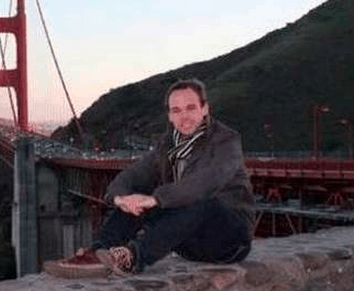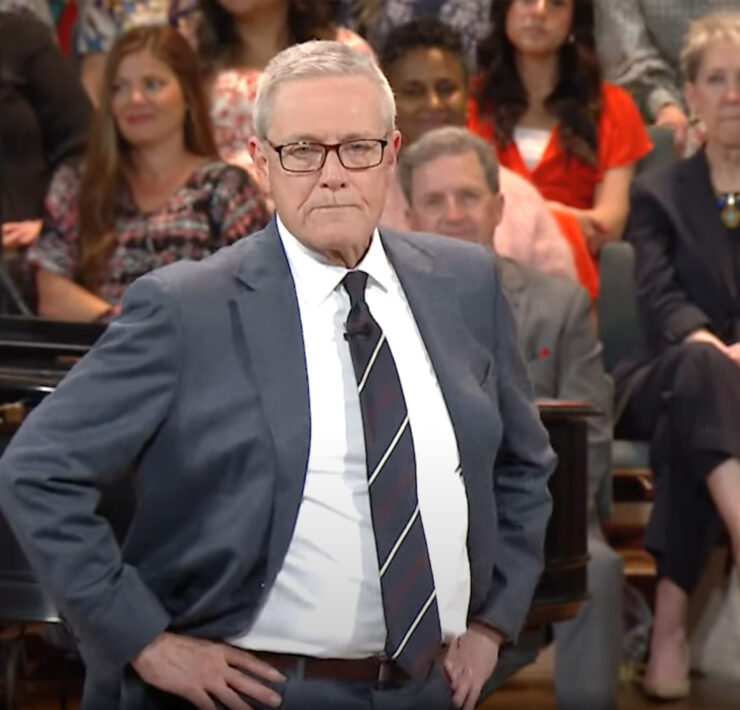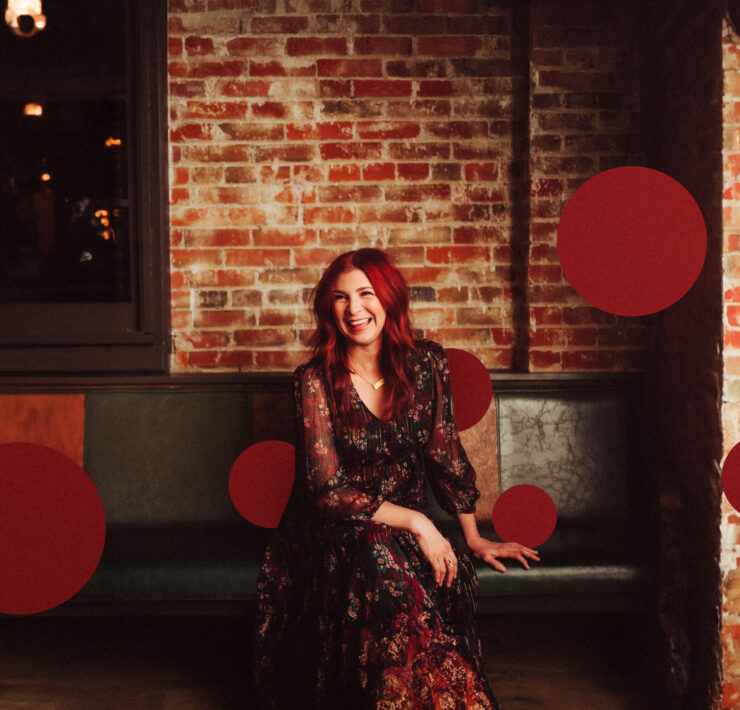
This Sunday, Nat Geo will air its adaptation of Martin Dugard and Bill O’Reilly’s best-selling book, Killing Jesus. Filmed in Morocco—where Biblical epics including The Bible miniseries, The Last Temptation of Christ, Jesus of Nazareth, Son of God and A.D.: Beyond the Bible were also shot—the film follows the story of Christ and examines the political climate of ancient Jerusalem. Killing Jesus also boasts a diverse cast from around world, including Lebanese-born, Muslim-raised actor Haaz Sleiman, who plays Jesus. It was a casting decision that initially drew some criticism.
We recently spoke with Sleiman, who talked about what it was like portraying Christ, how he hopes the film connects people of different faiths and the strange things that happen when crucifixion scenes are shot in Morocco.
You were born in Lebanon, which is a primarily Muslim culture. How did your upbringing shape your perspective and thoughts about Jesus?
Jesus is mentioned in the Quran way more than Muhammad. He comes before Muhammad, as Moses comes before Jesus. But it’s beyond an honor for me to be in this position. Growing up, though He was always a big figure in my life—going back in time to the age of 4 or 3. That’s how powerfully present He was in my life, even way back. People just think, “Oh, you’re Muslim so Jesus is not important,” which is the extreme opposite.
If somebody would think of Muslims—and how they would associate Muhammad to Muslims—Jesus is that if not more to Muslims. And people don’t know that. And it’s very interesting, so for me it was a very natural thing.
The last decade or so I was heavily trying to incorporate His teachings in my life, and it really helped me in many ways. I guess I could use the words “saved me”—or put me in a place of love and light and joy and awareness. Being able to see things for what they were and not be blinded by either the lies or the old conditioning or whatever it is that we as people tend to tell ourselves. It was a wonderful experience for me—very empowering to try and apply His teachings.
Throughout the film Jesus’ teachings and miracles play a big role. Was there any scene that was particularly meaningful for you?
One of my favorite moments is when we were attempting to humanize Him. Thus, the connection He has with His mother and how difficult it was for Him knowing that His mother is going to experience what she was about to experience with Him going through what He went through. Those are things that we can relate to as people, and it makes it more grounded and real. So I love a lot of the scenes with the mother.
The biggest thing though for me out of everything in this experience and shooting and playing this role is the idea and the concept of love your enemy. I knew that before I got the part—and before I even knew that they were making this film—but I never really got to apply it in my life. It was not something I even tried to practice. Then, when I did, that’s when I really started to get it, and really understand the power and the massiveness of this idea. It’s just massive, and it’s so inclusive of everyone. If you want a big perspective, that’s the biggest you can go.
What was the most difficult aspect of portraying Jesus in this film?
One of the challenges was balancing His humanity with His divinity. But isn’t that every human being’s challenges anyway? I mean think about it, we all were created by God. God breathed life into us, and so we have divinity within us just inherently because God created us. God’s touch has divinity, and everything He touches, becomes divine in a way. Everything He creates is magnificent. So, to be able to find the balance between those two, and His journey from choosing to be human to His truth—to being His truth—finding a way to do that was important.
Then on top of it, physically the pain, and the torture scenes and the crucifixion was by far the most difficult period—the most difficult thing I’ve ever done in my life. Technically it was just almost impossible. I don’t even know how I was able to pull it off with my hands being tied up to the cross. The nails were glued on my wrist. To be on the crucifix, you have to be able to breathe you have to like lift your body up, because your lungs are collapsing.
It was so cold, and I was freezing. I kept telling them, ‘Don’t cover me. Don’t cover me. It’s good, because He’s not supposed to be feel comfortable. He’s not supposed to feel good.’ But it was tough.
All of the sudden as we were doing it, the weather was really beautiful, and it was as if God was angry. The whole thing was like a blizzard without snow: Rain wind, and the cameras were flying and shaking. So we had to basically close down and close the set and stop filming. We had to go back and shoot the crucifixion scene again. Supposedly in Morocco every time there’s a crucifixion scene, that happens. Go figure. It was pretty powerful.
How do you think that audiences will react to seeing this story in a bit of a grittier light?
I think what Killing Jesus does, which is very important—that everything we do as artists, as storytellers, is really the ultimate goal—is to the disturb the air. Is to be able to create a space where people are awakened. Whether it be, if they agree or not, is not the issue or is not the point. The point is to create an opportunity to have a dialogue. To be civilized enough to be respectful toward one another and to have conversations. And to agree to disagree.
As a result, you can build bridges that way. As a result you can have more connections with people that you wouldn’t likely connect with. Like me being cast as a Muslim, or a Muslim man raised Muslim, playing Jesus, is amazing and wonderful. And it’s a wonderful place for all of us to get together. It’s a wonderful opportunity for rabbis and priests and sheiks to sit down and talk. There’s nothing more beautiful than that: The image of a Rabbi, a priest, and a shiek. To have them all sit together with love, and respect for one another, even though they all might have different fundamental beliefs about certain aspects of each of the religions and all these figures.
I just find it so incredible that it’s sometimes hard for so many religious people to really sit down from a place of love towards one another without feeling like they have to convert the other person. When indeed all you have to do is just come from a place of love, be open, and be loving.
That to me is more effective I think if you are trying to convert somebody, and that’s what Jesus did. He didn’t go out trying to convert. He just came from a place of love. People loved Him. He loved people. He was very charismatic, and He loved human beings. He loved being on this planet. He loved to be in touch and connect with people.
It doesn’t matter what they did. What kind of lifestyle they had. He just connected with everyone and anyone. You see that in the film, how he connects with a tax collector. He connects with a woman in leprosy. He always had so much appreciation and interest and passion for people in general.
No one can argue with the power of love. And that’s why I feel Killing Jesus, what’s brilliant about it is, it’s not just for Christians. It’s for everyone. Because everyone can understand, or will be touched by love, and the power of love. And that’s what He came to do. To show us that.






















